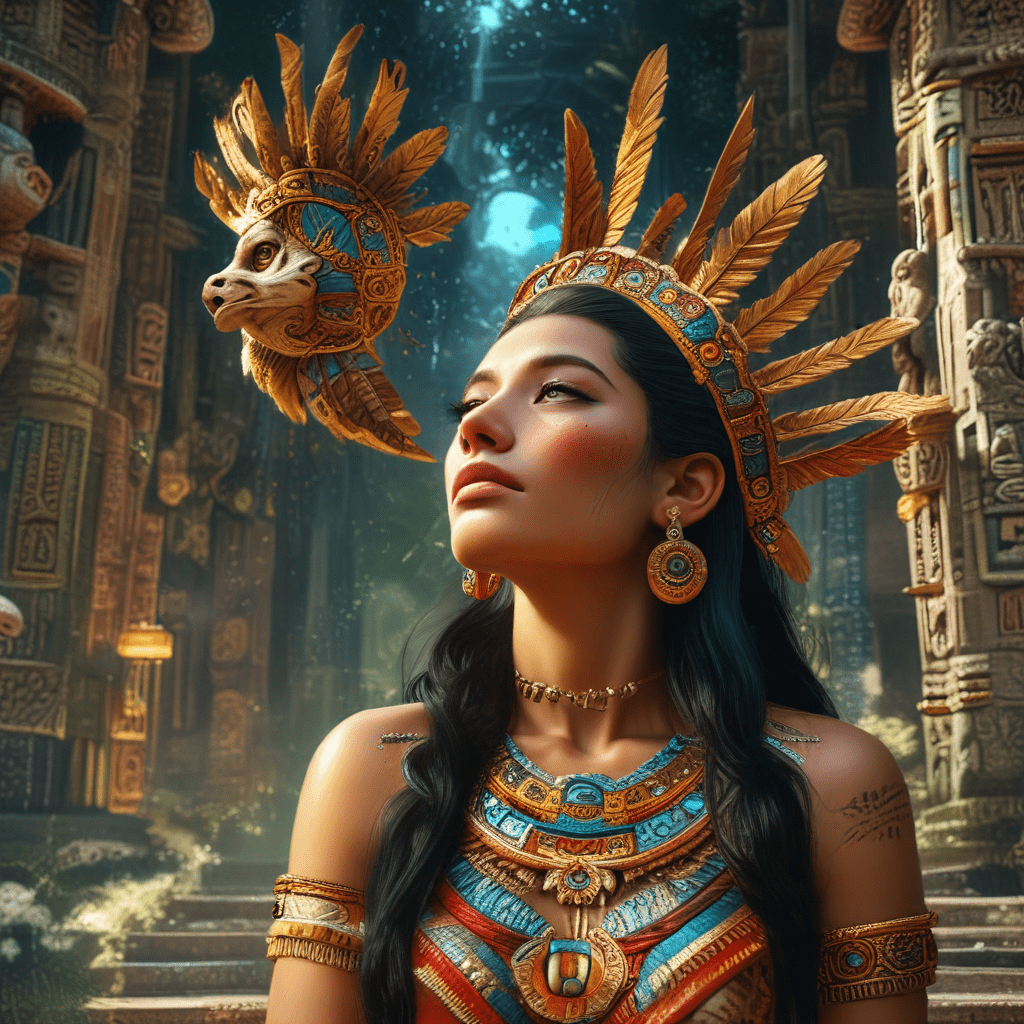The Serpent’s Psychology: Exploring Jörmungandr’s Motivation and Character
I. Introduction
Jörmungandr, often referred to as the Midgard Serpent, is a pivotal entity in Norse mythology. A child of the trickster god Loki and the giantess Angerboda, Jörmungandr is known for his immense size and his role in the impending doom of Ragnarok. Understanding Jörmungandr’s psychology is crucial for grasping the broader themes of chaos, order, and fate that permeate Norse myth. This article aims to delve into Jörmungandr’s motivations, relationships, and symbolic significance, providing insights into his character and the cultural narratives surrounding him.
II. The Origins of Jörmungandr
Jörmungandr’s origins are steeped in the rich tapestry of Norse mythology. As one of Loki’s offspring, alongside Fenrir the wolf and Hel, Jörmungandr embodies the unpredictable nature of his father. He was thrown into the ocean by Odin, where he grew to encircle Midgard, the realm of humans. This act of casting him away signifies both a fear of his potential power and a protective measure for humanity.
The symbolism of Jörmungandr is profound; he represents the cyclical nature of existence, where chaos and order are in a constant dance. His presence in the ocean is also a reminder of the unknown depths of life and the boundaries of human understanding. In the mythological narrative, Jörmungandr serves as a crucial player in the events leading to Ragnarok, the end of the world, showcasing his importance in Norse cosmology.
III. Jörmungandr’s Relationship with Thor
The relationship between Jörmungandr and Thor, the thunder god, is one of enmity and rivalry. Their fates are intertwined, with Thor representing order and protection, while Jörmungandr embodies chaos and destruction. This dynamic is most famously illustrated in their encounters, such as the fishing trip where Thor attempts to catch the serpent, resulting in a colossal struggle that highlights their opposing natures.
- Key encounters:
- Thor’s fishing trip: Attempting to capture Jörmungandr with a giant hook.
- The prophecy of Ragnarok: Their final battle is foretold as a climactic event.
The psychological implications of this rivalry are significant. Jörmungandr’s role as Thor’s nemesis fuels the narrative tension in Norse mythology. Their battles symbolize the struggle between chaos and order, reflecting the human experience of facing overwhelming forces beyond one’s control.
IV. Jörmungandr as a Symbol of Chaos and Order
Jörmungandr embodies a dual nature in Norse mythology, serving both as a symbol of chaos and a necessary component of the cosmic order. While he represents the unpredictable aspects of existence, his existence also maintains the balance of nature. In this context, Jörmungandr can be seen as a guardian of the ocean, a force that regulates the natural world.
Psychologically, Jörmungandr’s character invites interpretations of chaos. He challenges the heroes of mythology, forcing them to confront their fears and limitations. This aspect of his character reflects the inner turmoil faced by individuals when grappling with uncertainty and the unknown.
V. The Concept of Fate in Jörmungandr’s Existence
Fate plays a central role in Norse mythology, and Jörmungandr’s existence is deeply intertwined with the concept of inevitability. Prophecies foretell that he will be a key player in Ragnarok, where he is destined to clash with Thor. This foreshadowing raises profound questions about free will and determinism in the mythological context.
Jörmungandr’s destiny serves as a reflection on the nature of fate, suggesting that certain outcomes are predetermined, regardless of individual actions. This perspective invites a psychological exploration of how characters cope with their fates and the existential angst that comes from recognizing one’s role in a larger narrative.
VI. Exploring Jörmungandr’s Motivations
Jörmungandr’s motivations can be understood through various lenses, including survival instincts and territoriality. As a guardian of the ocean, he is driven by a need to protect his domain from intruders, particularly Thor, who symbolizes a threat to his existence.
- Key motivations:
- Survival: Jörmungandr’s actions are often reactive, stemming from instinctual drives.
- Territoriality: His vast size and strength instill fear and respect in others.
- Guardian role: He protects the oceans, maintaining a balance against external threats.
This fear and respect from other mythological characters highlight the psychological dimensions of Jörmungandr’s character. He is not merely a villain but a complex figure whose motivations are rooted in instinct and duty.
VII. Jörmungandr in Modern Interpretations
Jörmungandr’s influence extends into contemporary culture, where he is often reimagined in literature, film, and art. His character resonates with modern audiences, reflecting ongoing themes of chaos, conflict, and the struggle against fate.
Psychological parallels can be drawn between Jörmungandr and modern storytelling archetypes, where characters often embody complex motivations and dualities. The serpent serves as a reminder of the timeless nature of myth; his character continues to inspire discussions about the balance of chaos and order in our lives.
VIII. Conclusion
In exploring Jörmungandr’s psychology, we uncover key insights about his character and the broader themes within Norse mythology. From his origins and relationships to his role as a symbol of chaos and order, Jörmungandr embodies the complexities of existence.
Understanding such mythological figures enhances our appreciation of the narratives that shape our cultural consciousness. As we continue to delve into Norse mythology, Jörmungandr stands as a compelling subject for further exploration, inviting us to reflect on our own motivations and the nature of the world around us.


